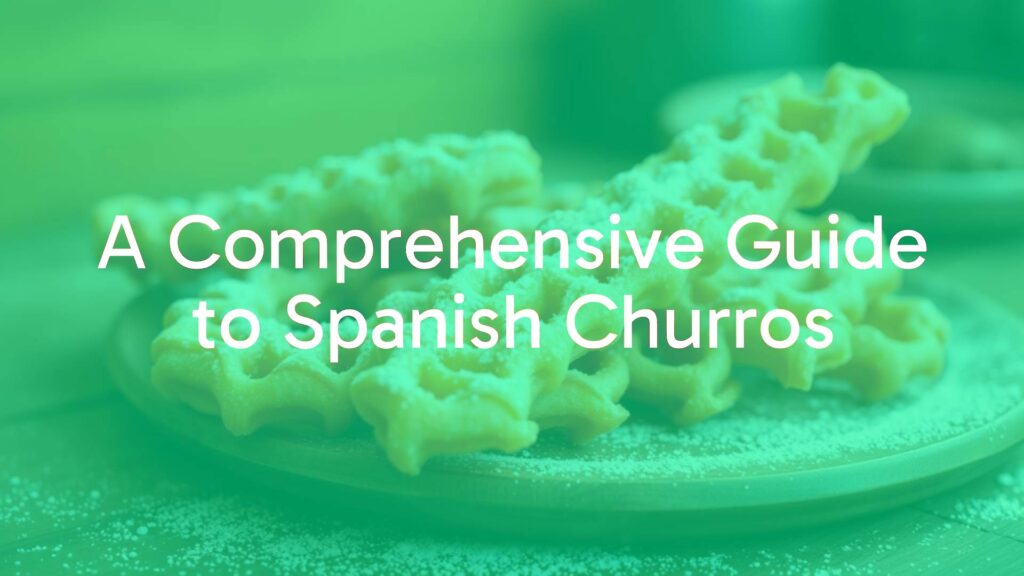Exploring Spanish Churros: An Iconic Pastry Tradition
Overview and Distinctive Features
Spanish churros are one of Spain’s most beloved fried pastries, celebrated for their simple yet irresistible combination of airy interior and crisp, golden exterior. Unlike some richer or filled versions of churros found elsewhere, the classic Spanish churro is characterized by its slender, elongated shape and a lightly crunchy texture achieved by frying freshly extruded dough to perfection. Typically dusted with a fine layer of sugar, these treats embody a delightful contrast between sweet simplicity and satisfying crunch.
Historical and Regional Roots
The history of churros in Spain is layered with legend and lore. Thought to have originated as a shepherd’s snack in rural Spain, the churro’s humble beginnings are rooted in practicality: the dough was easy to prepare with basic local ingredients and could be quickly fried over an open flame. Over centuries, churros became embedded in Spanish culinary culture, transforming from a rustic sustenance into a staple at street markets and cafés throughout the country. In cities like Madrid, visiting a churrería for freshly made churros is a cherished morning or late-night ritual.
Essential Ingredients and Composition
Traditional Spanish churros are crafted from a straightforward dough, typically made with wheat flour, water, and a touch of salt. Some regional recipes may incorporate a splash of olive oil or baking powder, but the foundation remains minimalistic. The dough is piped through a star-shaped nozzle, creating the iconic ridges that contribute to churros’ signature crunch and their ability to hold a coating of sugar or a dip in chocolate. Notably, Spanish churros are usually lighter and less egg-rich compared to some Latin American variations.
Popular Variations and Customizations
Across Spain, churros exhibit subtle regional differences. Some areas serve thinner, looped versions, while others offer thicker, straight sticks known as porras, which are fluffier due to added leavening. While the classic presentation is plain with sugar, some churros may be dusted with cinnamon or even filled with chocolate or cream for special occasions. Despite these variations, Spanish churros typically favor simplicity over excess.
Serving Styles and Pairings
Perhaps the most iconic way to enjoy Spanish churros is alongside a cup of thick, rich hot chocolate for dipping—a combination that has become a hallmark of Spanish breakfasts and late-night snacks. They can also be paired with café con leche or espresso, balancing the churros’ subtle sweetness and crisp texture. While the pastry itself is not overly sweet, the sugar coating and accompaniments bring an inviting warmth, making churros equally suitable for mornings, festivities, and everyday indulgence.
Conclusion
Spanish churros stand out for their unpretentious ingredients, universally appealing texture, and deep cultural significance. Whether enjoyed in a bustling city café or at a quiet village fair, they offer a deliciously enduring taste of Spain’s culinary heritage. Their adaptability and enduring popularity ensure that churros will remain a cherished treat for generations to come.

